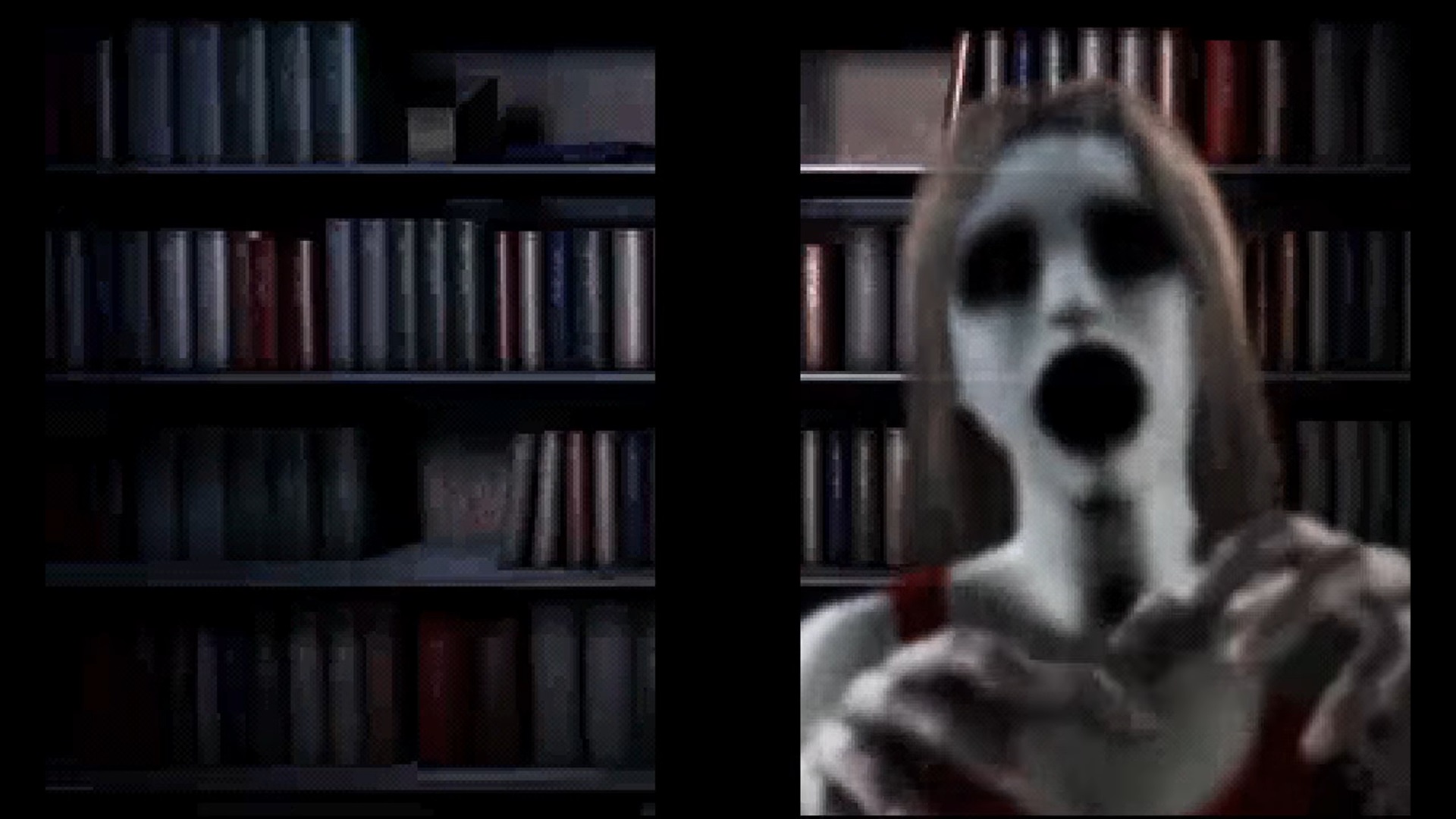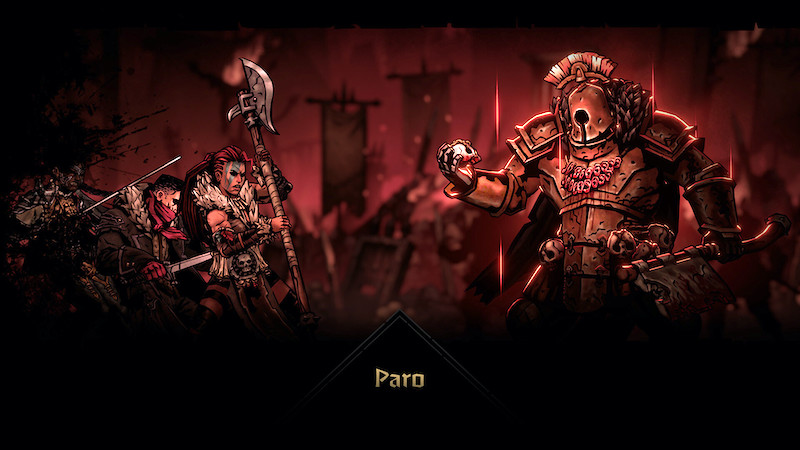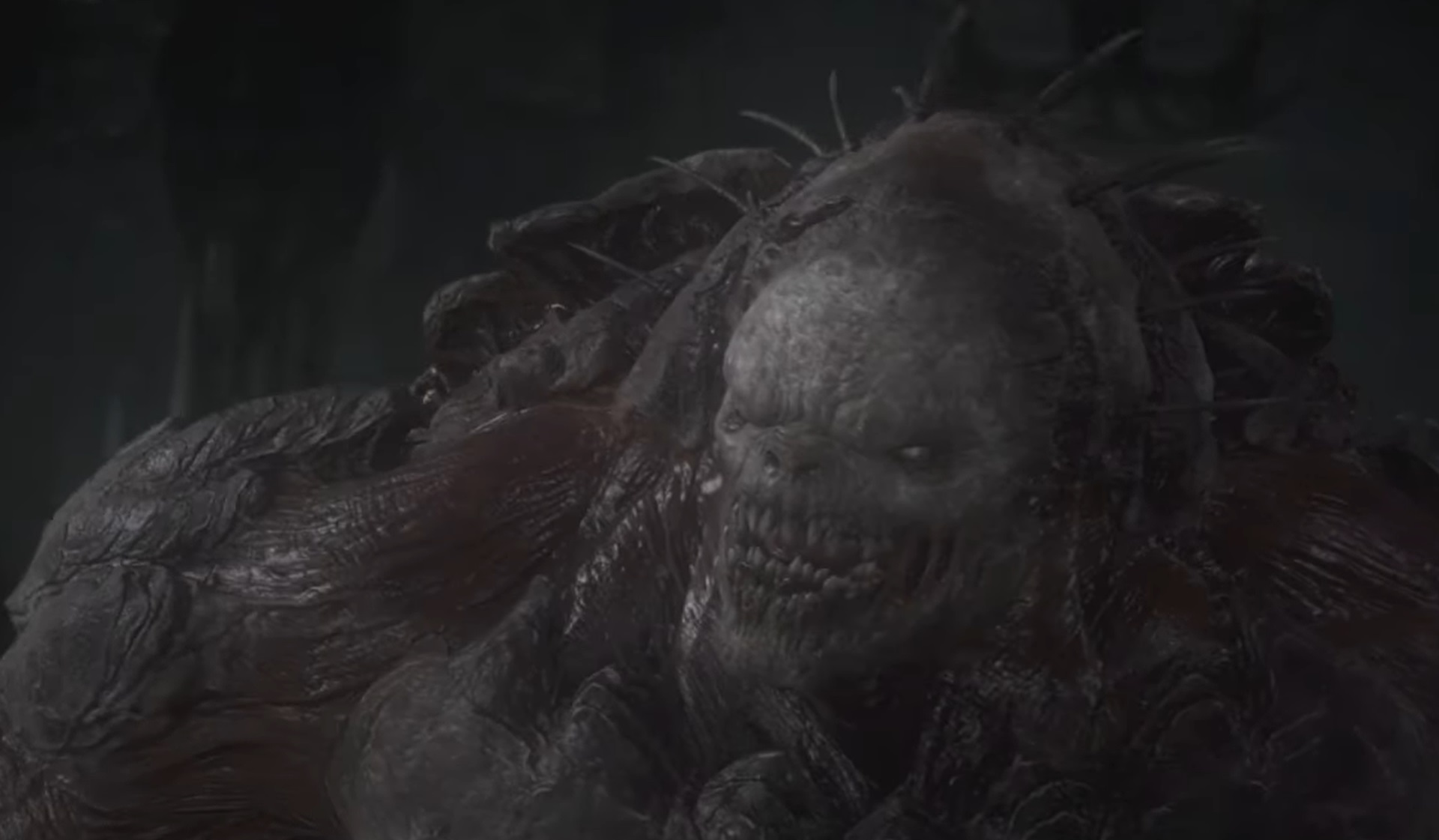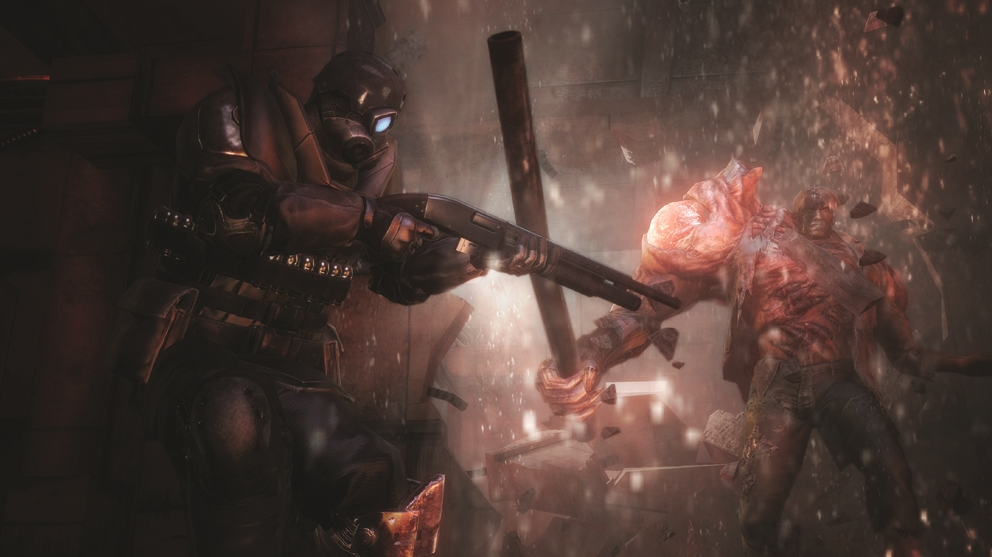
Nanashi no Game Makes Disturbing Use of the DS Console
Nanashi no Game is an eerie game about people haunted by games. A spooky RPG seems to be making the rounds and killing anyone who plays it. Seven days from title screen to the grave. Probably sounds familiar. While quite creepy from a pure gameplay perspective, it’s made moreso by the platform it plays on. This scary DS release makes use of the console in some intriguing ways to make things all the more terrifying. Makes me wish there were a lot more frightening games on the system.
Your friend has sent you a new game on your TS (the in-game DS, naturally). I’ve never been one to turn down a free game, so of course I try it. I mean, it looks like the NES release of Final Fantasy, so I was all over it. When you boot it up, something seems to be a bit off about the game. I can only explore a town a bit. Talk to some people who, for whatever reason, feel a bit off. The visuals also keep glitching and freaking out for no reason I can discern. Also, there seems to be a sinister spirit or force within that kills you a week later. Wish I’d heard that before I started, at least.
That RPG is only a part of Nanashi no Game, though. It’s a game your character can pick up by looking at their TS in the game any time you like. The rest of the time, you’ll be wandering around an array of creepy homes, empty subway cars, and other abandoned places as you look for your friends who also played the game, or seek out answers as to how you can stop your coming doom. In these sequences, you explore in first person, all while holding your DS like a book. The twin screens form a single space for you to walk around in, giving you a large 3D space to wander. At least, large for the handheld’s library.

Now, these places are pretty distressing. Errant sounds play in the distance. The sort of stuff that has you asking if you heard footsteps or voices. Strange things seem to appear on the walls. There’s movements in the dark. Garbage bags rustle for no reason. At least, none I figured out. All the while, you walk through these corridors that are somehow both sprawling, yet feel highly constricting. Your movements are pretty awkward, too (move with D-pad, steer and run by tapping using the touch screen). So, if something catches you in these halls, it feels unlikely you’ll get away.
As Nanashi no Game reveals its horrors, the cleverness in its design also begins to pop out. For starters, the DS is an intimate console. It’s not something you play from most of the way across a room. You’re not distant from the action. The DS is a system you naturally hold close. It can’t be any further than arm’s length. Most likely, if you play like me, you play handhelds while curled up somewhere. Maybe a chair or under the blankets at bed time. It’s something you bring up close, whether you want to or not.
This closeness made the game’s ghosts (called Regrets) far more chilling. You run into these creatures in the 3D world-exploration moments, and often have to sneak past their patrols. Now, the game LOVES to make you creep extremely close to these phantoms when you skulk by. You don’t run all that fast, either, and you also die if you make contact with these creatures at all. It makes for a tense encounter whenever you find one. However, it’s that closeness to the console itself that makes these moments so terrifying.

When you sneak past something, you have to get close in Nanashi no Game. But you’re also physically close to the ghost based on the console you’re playing on. The first person perspective, when combined with this proximity, really plays with the mind. While working through these tight hallways and mazes, skirting just past the ghosts, they always FELT close. They’re practically beside your own face, breathing down your neck. Wear good headphones while playing, by the way. A lot of work went into the audio to make that feeling of closeness so much worse.
The twin screens make things feel all the tighter. The view means you technically have a wide path you can take. It creates a lot of space for the player to walk through. But this space never really feels wide open because the individual screens make things look crushed and squeezed together. Usually, all that’s on the second screen is the wall you’re moving past. So, these paths may be open, but they never feel that way, making you feel, again, that the ghosts are far too close to you. It’s a clever perspective trick that makes the play space bigger while still making the player feel uneasy.
All of this is further compounded by the haunted DS game. Nanashi no Game sends you to play this game periodically to advance the plot. To do this, you go to a mock game loading screen that looks just like that of the DS. It really feels a lot like your DS has become haunted in some way, as the look of this screen is so similar to the regular main screen. That the game you load from it is filled with unsettling glitches and eerie characters only twists the knife further. It feels like you’re juggling a pair of haunted experiences, all slowly bleeding out of your DS.

There’s one final amazing trick that clinches it all. I’ll be vague to try not to spoil it, but if you don’t do a good enough job of dispelling the haunting, you may find something disturbing coming your own way. It involves some ingenious trickery with the DS’ systems, and for a split second, had me worried that things had gotten a little too real.
Nanashi no Game made clever use of the DS and the intimacy of handheld consoles to make a special horror experience. Through playing with lookalike menus, mimicking the look of an older game that’s falling apart, and creating a play space that brings ghosts far too close, it created one of the most unsettling experiences I’ve had in a long time.




